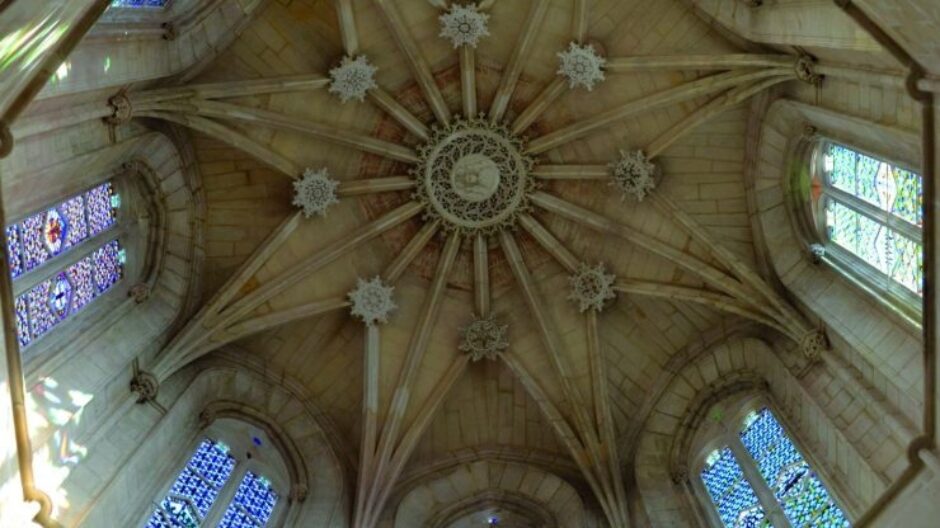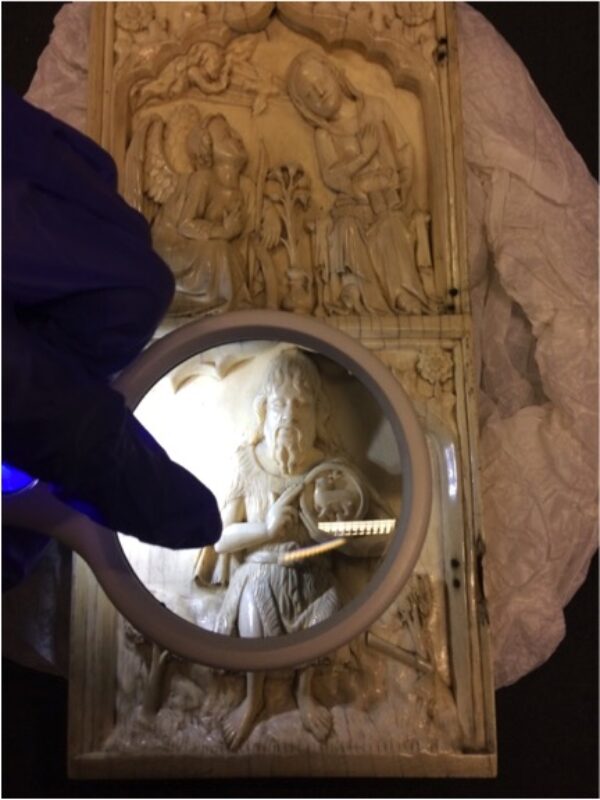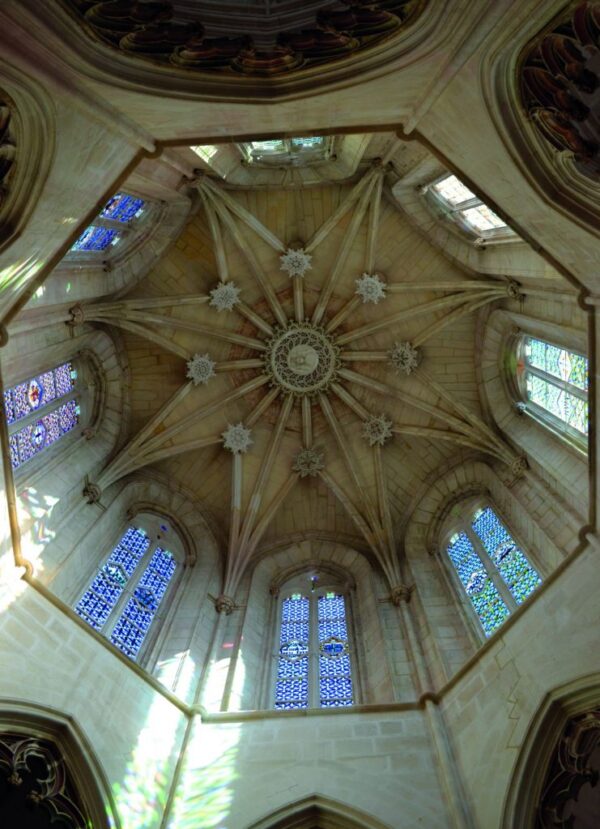By what means did medieval artworks delight and persuade their viewers? With a particular focus on scale, from imposing monumental sculpture to intricate manuscript miniatures, this MA Special Option explores the embodied experience of medieval art. Encompassing a chronology from the twelfth to the fifteenth centuries and a broad geographic area, this course aims to ask new questions of old objects, reconsidering some of the most famous artworks of the Middle Ages as well as discovering others long overlooked.
It is easy to overlook the importance of scale in understanding how people in the Middle Ages experienced the intricate microarchitecture of royal seals, the monumental pillars of Gothic cathedrals, the diminutive figures lurking in the borders of icons, or the nested domes of a muqarnas ceiling. Photographs and illustrations often represent objects of vastly differing dimensions as equivalent in size, but this was a period in which size was weighted with social, religious, even legal significance. Documentary evidence reveals that patrons placed as much—and sometimes more—emphasis on the size of their commission as its iconography. Medieval artists experimented with scale in the design of objects and buildings, both as a demonstration of their technical skill and as a strategy to provoke particular modes of interaction between the viewer and the artwork.
The autumn term is themed around diminutive artworks, to be held in the hand and worn on the body (rings, reliquaries, microarchitecture, seals, books of hours), while the spring term focuses on monumental projects (towers, tombs, giants, portals, cathedrals). Each week an “object in focus” provides an opportunity to hone skills in visual and archival research. Responding to exhibitions and events as they arise, this course privileges first-hand contact with medieval art and architecture, while also reflecting on how these objects and buildings have been transformed in their journeys to the present day. Whether a tiny book held in the palm of our hand, or an imposing cathedral embracing our entire body, we will explore the unique power of medieval artworks to make the past richer, stranger, and more ‘present’ for our contemporary moment. Literary texts provide us with another avenue for understanding how artworks were experienced, from the admonitions of preachers against worldly beauty in medieval sermons, to the miraculous and animate objects described in saint’s lives, and the opulent buildings and textiles that form the backdrop of chivalric romance and chronicles.
Course Leader: Dr Teresa Lane
In the event that a course leader is on sabbatical, takes up a fellowship, or otherwise is not able to teach the course, they will be replaced by another experienced course leader either for a semester or, in some cases, the academic year.
Please note: whilst many Special Options will include site visits within the UK and further afield, these are subject to confirmation.
Monument to Barnim IV von Wolgast, c. 1405. Church of St Mary, Kenz, Mecklenburg. Video © Jessica Barker.








